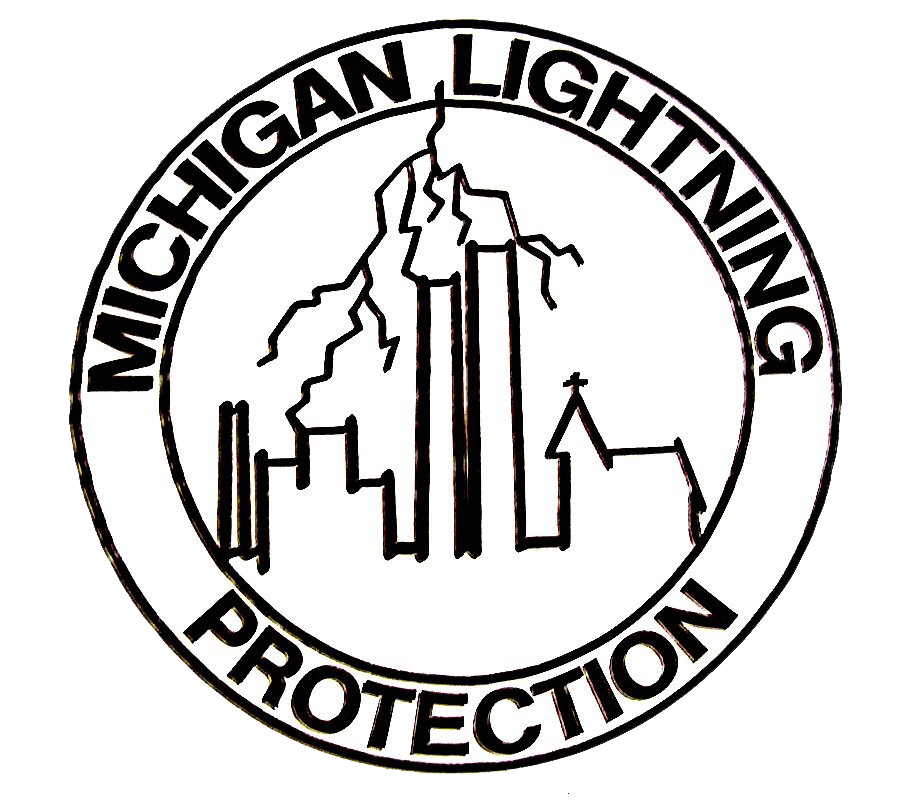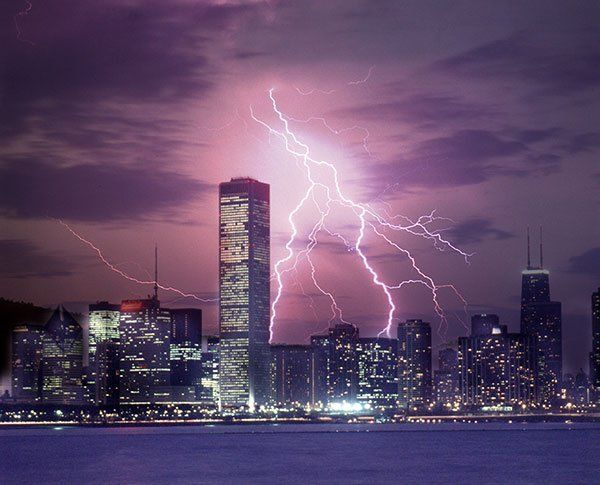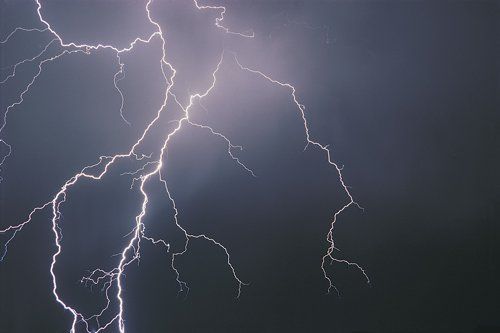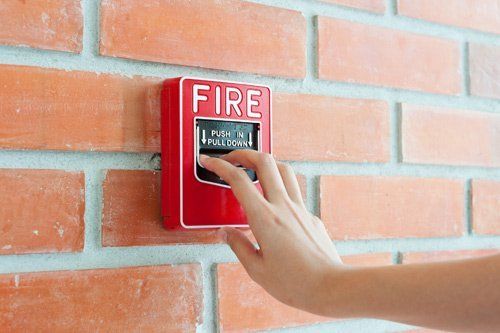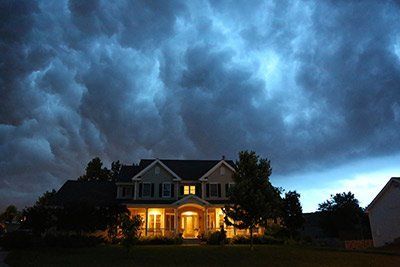Lightning Rods and Lightning Protection Systems for Total Lightning Protection in Michigan Since 1926
Blog Layout
How Can You Protect Your Business From Lightning Damage?
Admin • January 3, 2018
While lightning rods are often seen as an artifact from the past, lightning protection systems are used in more businesses and homes today than at any time in history. According to safety consulting and certification company UL, lightning strikes can cause more than $1 billion in economic damages every year.
If you're not sure whether your current business is equipped with an up-to-date lightning protection system, it may be time to do some further investigation. Read on to learn more about how lightning can damage your business, how lightning protection systems work, and what you need to do to ensure your business is fully protected.
How Does Lightning Cause Damage?
Whenever lightning strikes a building without a clear path to the ground, this current can cause serious damage to both the building's structure and its electrical components. The force of the strike can tear off roofing shingles, blow apart beams, and even ignite fires. A smaller lightning strike may not cause much visible damage to your building; however, it can often be enough to fry your electrical outlets (and any electronics plugged into them).
Depending upon the force of the electrical strike, even a surge-protecting power strip might not be enough to protect your electronics. You could find that your computers, hard drives, cash registers, and even the display pads of microwaves, stoves, and other appliances have been fried, rendering all these electronics no more useful than a large paperweight. Electronic security systems can also be affected by a lightning strike, leaving your business vulnerable until you've taken steps to repair this damage.
How Do Lightning Protection Systems Work?
Assuming that the taller trees or neighboring buildings will catch lightning first, leaving your business unscathed, can be a dangerous tactic. Not only is it not guaranteed that the tallest building in an area will be the one to attract a lightning strike, lightning can often side-flash from its original strike point, hitting your building after bouncing off a tree or another building.
Lightning protection systems operate by using conductive copper and aluminum poles or strips to provide a path from the top of your building to the ground. By removing any resistance in the lightning's path, you'll be able to direct the flow of electricity to the ground without affecting your business's structure or contents.
Most lightning protection systems consist of an antenna, usually placed on the roof, designed to attract the lightning bolt to ground it quickly. However, just a single antenna won't be enough to ground a large bolt of lightning, and if you already have a television antenna, weather vane, or another roof-mounted piece of metal, it's even more important to have an adequate whole-home lightning protection system.
By adding additional grounding paths and failsafe switches, you'll be able to prevent fire and other structural damage.
In many cases, businesses that have a UL-rated lightning protection system in place can enjoy some significant discounts on their liability insurance, allowing this system to pay for itself within just a couple of years.
What Type of Lightning Protection System Does Your Business Need?
It can be tempting to try to install a lightning protection system yourself to save money. However, this is almost never a good idea; these systems are important enough and intricate enough that the risk of harm that can come from an improperly installed system is too great.
Fortunately, these systems don't need to be expensive. By shopping around and finding an installer with experience, like Michigan Lightning Protection
, you'll be able to have your lightning protection system installed quickly, without fuss, and at a price that fits within your business's budget.
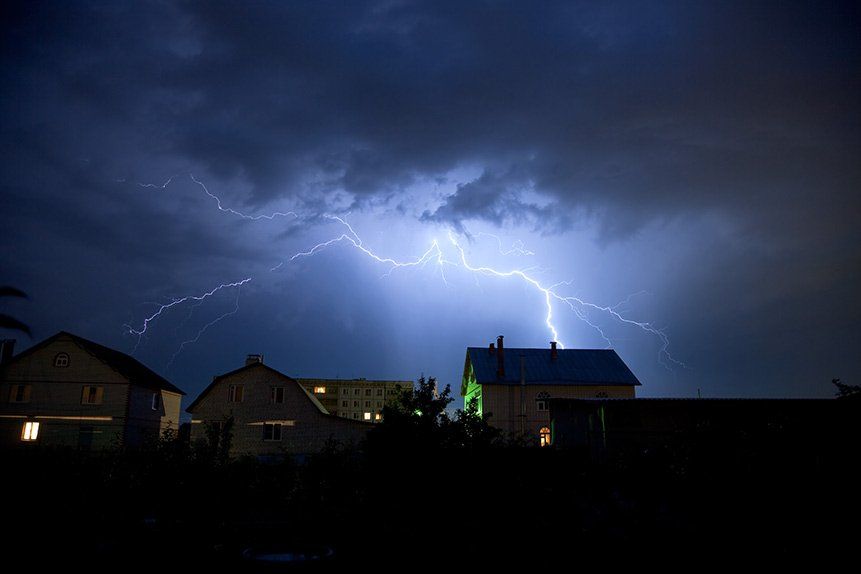
By Admin
•
February 28, 2018
Many people underestimate the dangers of lightning strikes due to lightning myths, which leads them not to take proper lightning safety precautions. Lightning is actually one of the most common causes of weather related deaths in the United States, and lightning strikes kill an average of 100 people each year and injure 1,000 more.
Carrying every major lightning protection endorsement available, Michigan Lightning Protection possesses the necessary skill and tools, backed by a commitment to quality, to handle your
lightning protection needs.
QUICK LINKS
CONTACT INFORMATION
Phone:
616-453-1174
Email: Info@michiganlightning.com
Fax: 616-791-7380
Address: 2401 O’Brien Rd. SW Grand Rapids, MI 49534
Mailing Address: P.O. Box 140586 Grand Rapids, Mi 49514


BUSINESS HOURS
- Monday
- -
- Tuesday
- -
- Wednesday
- -
- Thursday
- -
- Friday
- -
- Saturday
- Closed
- Sunday
- Closed
QUICK LINKS
CONTACT INFORMATION
Phone:
616-453-1174
Fax: 616-791-7380
Email: Info@michiganlightning.com
Address:
2401 O’Brien Rd. SW
Grand Rapids, MI 49534
Mailing Address:
P.O. Box 140586
Grand Rapids, MI 49514
BUSINESS HOURS
- Mon - Fri
- -
- Sat - Sun
- Closed


CONTACT US TODAY!
Contact Us
Thank you for contacting us.
We will get back to you as soon as possible.
We will get back to you as soon as possible.
Oops, there was an error sending your message.
Please try again later.
Please try again later.
Content, including images, displayed on this website is protected by copyright laws. Downloading, republication, retransmission or reproduction of content on this website is strictly prohibited. Terms of Use
| Privacy Policy
